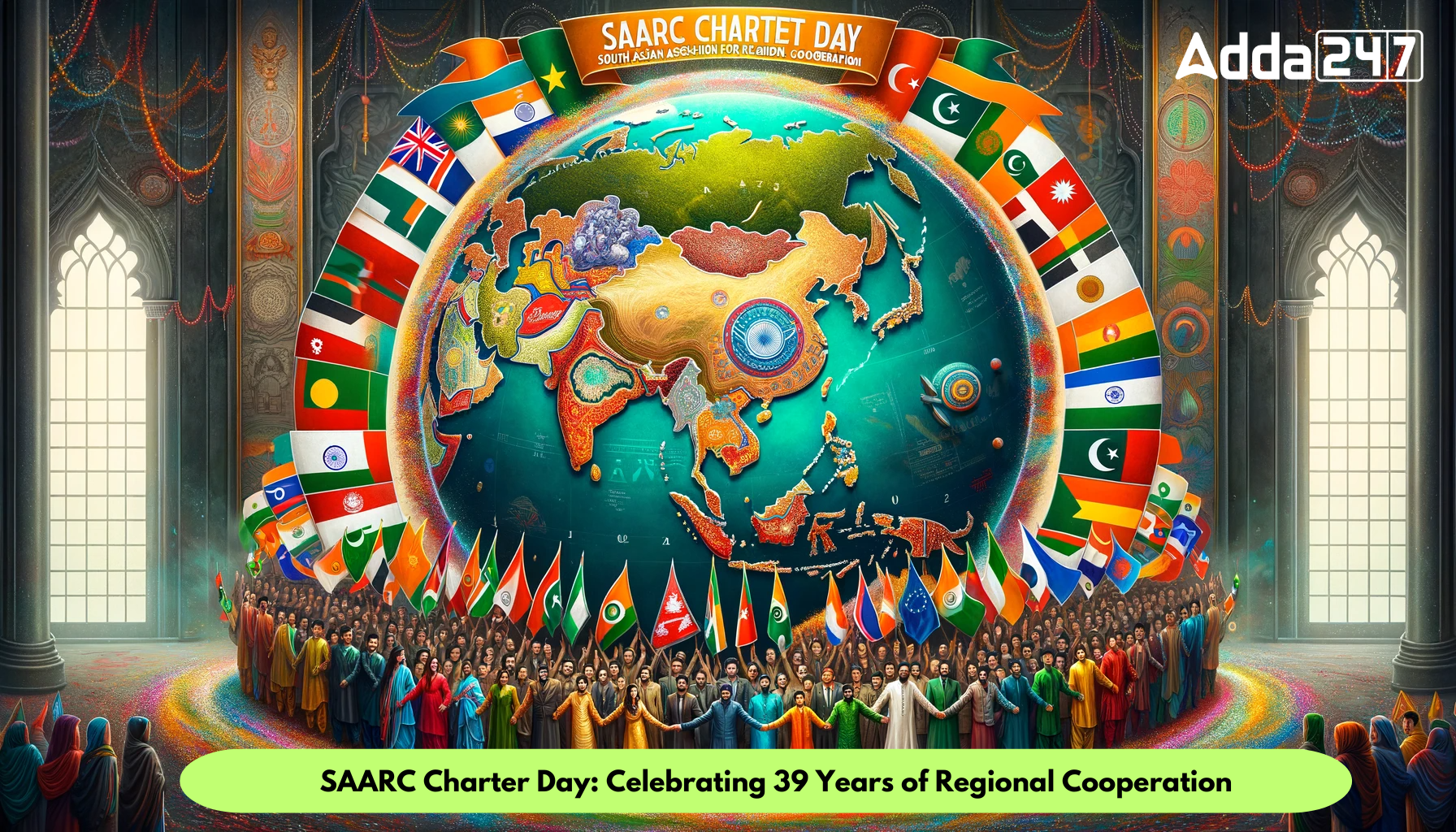SAARC Charter Day is observed annually on 8th December, marking a significant milestone in the history of the South Asian Association for Regional Cooperation (SAARC). This day commemorates the signing of the SAARC Charter in 1985 during the First SAARC Summit held in Dhaka. This year, the regional group celebrates its 39th Anniversary, highlighting the enduring commitment of South Asian nations to collaboration and mutual progress.
The commitment of member states to the principles of the SAARC Charter continues to be a driving force for fostering collaboration, understanding, and progress in the region. Looking ahead, SAARC remains a vital platform for addressing shared challenges and building a brighter future for the people of South Asia.
The Historic Signing
The SAARC Charter was signed by the Heads of State or Government of seven founding member countries: Bangladesh, Bhutan, India, Maldives, Nepal, Pakistan, and Sri Lanka. The signing ceremony took place in Dhaka, Bangladesh, signifying the collective aspirations of the peoples and governments of South Asia to foster understanding, good neighborly relations, and meaningful cooperation.
Objectives of SAARC
SAARC’s primary objectives are centered around promoting active collaboration and mutual assistance in various domains, including the economic, social, cultural, technical, and scientific fields. The foundation of this cooperation rests on principles such as sovereign equality, territorial integrity, political independence, and non-interference in the internal affairs of each member state.
25 Years of Regional Impact
This year holds special significance as SAARC completes 39 years as a regional organization. The journey reflects a quarter-century of concerted efforts to uplift the lives of millions in South Asia through collective action and shared goals. The occasion underscores the enduring relevance of regional cooperation in addressing common challenges and fostering development.
SAARC Today
SAARC consists of eight member states: Afghanistan, Bangladesh, Bhutan, India, Maldives, Nepal, Pakistan, and Sri Lanka. The Secretariat is located in Kathmandu, Nepal. The organization aims to promote the welfare of the people in South Asia, improve their quality of life, and accelerate economic growth, among other objectives.
Commemorating SAARC Charter Day
SAARC Charter Day, observed on 8th December annually, is marked by special commemorative events. On this occasion, the National Assembly of Bhutan will adopt a Resolution reaffirming Bhutan’s strong commitment to SAARC and its support for a robust regional organization dedicated to the upliftment of lives across South Asia.
Important takeaways for all competitive exams:
- SAARC Founded: 8 December 1985, Dhaka, Bangladesh;
- SAARC Secretary general: Golam Sarwar .
Important Questions Related to Exams
Q1. What is SAARC Charter Day?
Sol. SAARC Charter Day is observed annually on 8th December to commemorate the signing of the SAARC Charter in 1985 during the First SAARC Summit held in Dhaka. This day marks a significant milestone in the history of the South Asian Association for Regional Cooperation (SAARC).
Q2. Who were the signatories of the SAARC Charter?
Sol. The SAARC Charter was signed by the Heads of State or Government of seven founding member countries: Bangladesh, Bhutan, India, Maldives, Nepal, Pakistan, and Sri Lanka. The signing ceremony took place in Dhaka, Bangladesh.
Q3. What are the objectives of SAARC?
Sol. SAARC’s primary objectives are centered around promoting active collaboration and mutual assistance in various domains, including economic, social, cultural, technical, and scientific fields. The cooperation is based on principles such as sovereign equality, territorial integrity, political independence, and non-interference in the internal affairs of each member state.




 National Mathematics Day 2025 Honoring R...
National Mathematics Day 2025 Honoring R...
 World Basketball Day 2025 Celebrates Bas...
World Basketball Day 2025 Celebrates Bas...
 UN Celebrates Second World Meditation Da...
UN Celebrates Second World Meditation Da...







